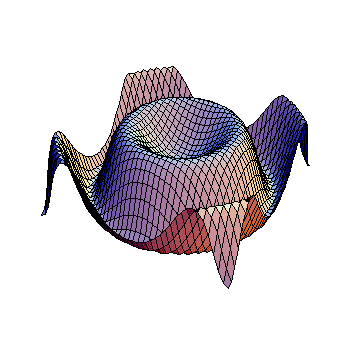From the trigonometric identity #sin^2(theta) + cos^2(theta) = 1#, divide both sides by #cos^2(theta)#
#sin^2(theta)/cos^2(theta) + cos^2(theta)/cos^2(theta) = 1/cos^2(theta)#
#tan^2(theta) + 1 = sec^2(theta)#
Substitute #theta# for #arctan(2)#
#tan^2(arctan(2)) + 1 = sec^2(arctan(2))#
Since #tan(arctan(x)) = x# axiomatically, we have that
#sec^2(arctan(2)) = (2)^2+1#
#sec^2(arctan(2)) = 5#
Take the root
#sec(arctan(2)) = +-sqrt(5)#
To pick the sign look at the range of the arctangent. During this range #(-pi/2,pi/2)# the cosine is always positive, and therefore so is the secant
#sec(arctan(2)) = sqrt(5)#

